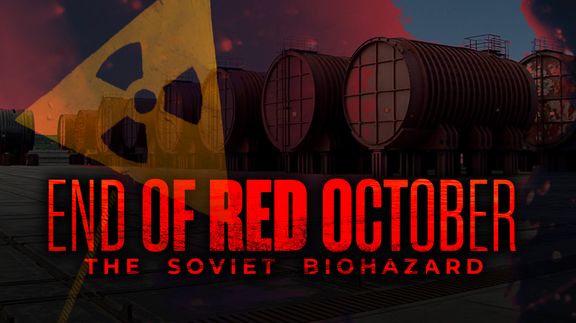

The End of Red October: The Soviet Biohazard
At the end of the Cold War, the Russian Navy, bereft of funds, abruptly decommissioned 100 nuclear powered submarines, leaving behind a massive nuclear waste disposal problem. Once the pride of the USSR, the Soviet’s fleet of nuclear submarines now lies rusting in the remote fjords of Murmansk. Now, a concerned team of engineers is tasked with cleaning up this nuclear mess.
At the end of the Cold War, the Russian Navy, bereft of funds, abruptly decommissioned 100 nuclear powered submarines, leaving behind a massive nuclear waste disposal problem. Once the pride of the USSR, the Soviet’s fleet of nuclear submarines now lies rusting in the remote fjords of Murmansk. Now, a concerned team of engineers is tasked with cleaning up this nuclear mess.
Related Articles
View AllSalyut-7 and The New Cold War
More than three decades ago, the United States and the U.S.S.R. nearly came to blows over a disabled Soviet space station called Salyut-7. Or did they?
From Hyperloops to Maglev: Green Energy and Speed Shape the Future of Trains
Trains of the future are looking more and more advanced – and speedier – thanks to new technology like maglev, hyperloops, and clean energy solutions.
Cold War Capers: Salyut-7 and the Bitter Memory of Submarine K-129
During the Cold War, the geopolitical stakes could not have been higher. But no episode combined audacity with deep secrecy and paranoia like the U.S. attempt to raise a sunken…
Nuclear Weapons: What Could Possibly Go Wrong?
During the Cold War, accidents and other incidents involving nuclear weapons were more common than many people know, but the bombs didn’t go off. How close have we come to…
Returning Species and Green Cities: How Rewilding Can Save Nature and Ourselves
Rewilding – the process of taking dead or industrialized areas and reintroducing nature to them – has helped revitalize ecosystems across the globe. It can even help us tackle…